The Ultimate Guide to Lead Roofing
Lead roofing has been popular for centuries and the use of lead as a building material actually dates as far back as Roman times, around 500 BC. But what are the advantages of roofing lead? How does roof lead perform? Why is lead used for roofing? Want to know how to seal lead flashing to roof tiles and how to install lead flashing on a pitched roof? In this Ultimate Guide to Lead Roofing, we aim to answer all these questions, and more, to discover why lead roofs are a sensible choice for many projects.
Before we start though, we need to define lead roofing.
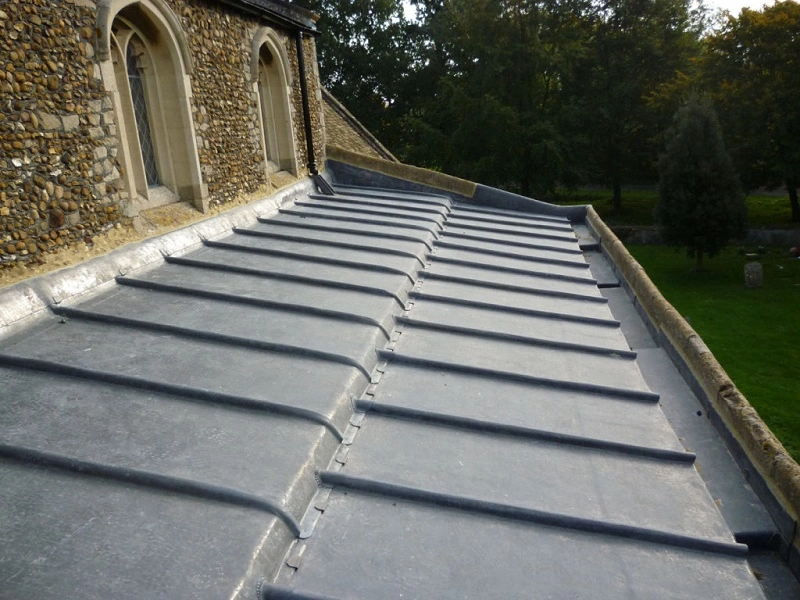
Burton Roofing
What is lead roofing?
Lead roofing is the use of rolls of sheet lead and flashing to create flexible, malleable, durable and waterproof roofing that can have three times the longevity of other roofing materials.
Where is lead roofing used?
Lead is often used to make a seal where two parts of roofing or masonry come together – often where masonry, brick and tiles meet at an apex or valley. Roofing lead is also used for flat roofs over bay windows.
What are the advantages of roofing lead?
Roof lead has numerous advantages over traditional roofing materials. Here are the key ones:
Roof leading is highly flexible
Roof lead is a soft metal, so it is a highly malleable and flexible material and is very easy to mold into shapes. It can be folded and bent to seal difficult areas. Historically, this is one of the key reasons why roofing lead has been used for centuries to create effective waterproof seals on domes, spires, and irregular shaped roofs. It is also why roofing lead is used for heritage and restoration projects. Lead roofs can also withstand extremes in temperature and weather. In wind, snow and rain, roof lead won’t crack or degrade.
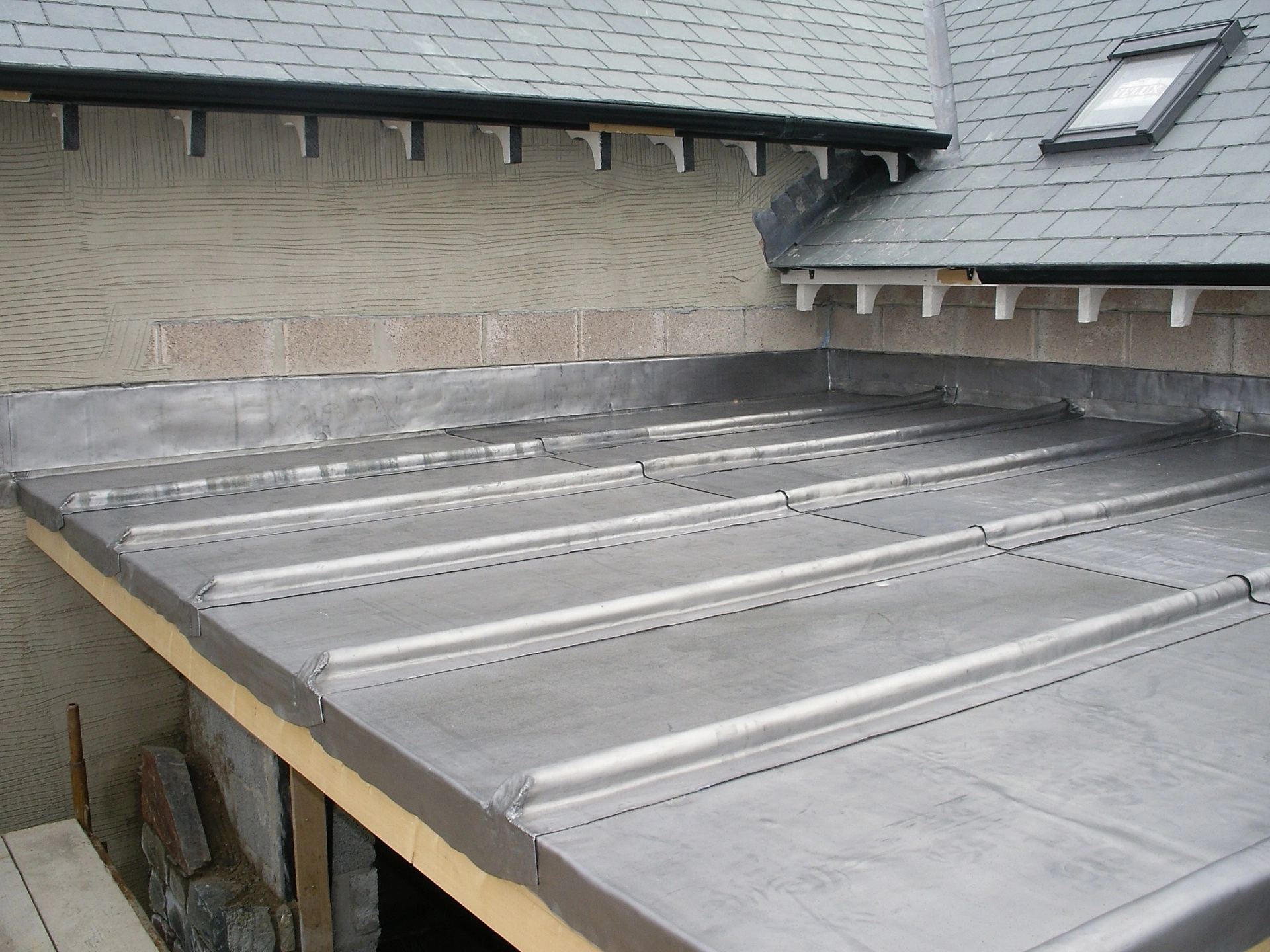
The Slate Roofing Company
Lead roofs are water resistant
Lead roofs and lead roof flashing are naturally waterproof, which makes them perfect for creating watertight roofing and seals. Roofing lead is also capable of withstanding extremes in temperature and weather. Lead roofing expands and contracts, which minimizes the likelihood of cracking, degrading and leaking.
Lead roofing lasts over a century
With the high cost of scaffolding and labour, roofing a building can be an expensive business. One of the many great things about lead roofing is that it has an exceptionally long lifespan – in fact, roofing lead can last hundreds of years. So, when you buy roof leading, it’s an excellent long-term investment.
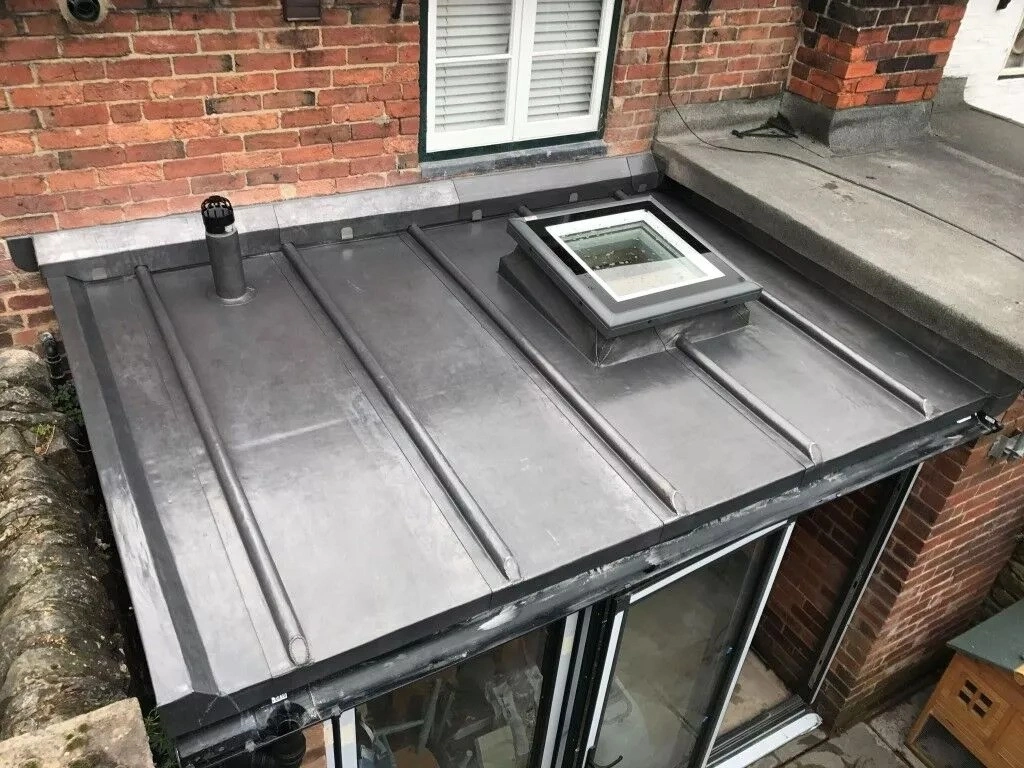
Ashbrook Roofing Services
Using roofing lead is eco-friendly
As lead is a soft metal, it is an easily recyclable building material. When roof lead has come to the end of its lifespan, it can be given a whole new lease of life by being reclaimed, melted down and reused again and again whilst still retaining all its qualities.
Lead roofs are low maintenance
Because roofing lead is so highly resistant to weathering and corrosion, it requires little or no maintenance over its lifetime. Yes, you need to make inspections on a regular basis and may have to make minor repairs, but overall, roof lead needs very little upkeep.
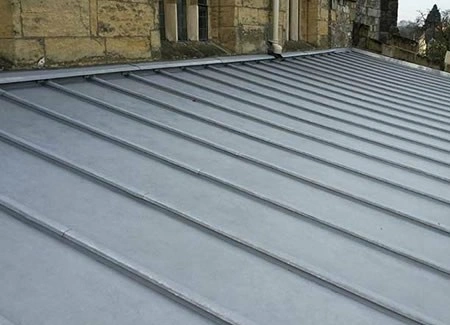
RJ Evans
Lead roofing reduces noise levels
Roof lead is excellent for reducing noise in buildings as it has natural sound-proofing qualities. By blocking the sound of wind, rain and other exterior noises, it can help to create quieter interior spaces.
Lead roofing looks timeless
Lead roofs have an elegant and classic appearance. As the lead ages, it gains an attractive natural patina that improves its aesthetic appeal and adds an extra layer of protection. This is another reason why it is used extensively on period properties and heritage buildings.
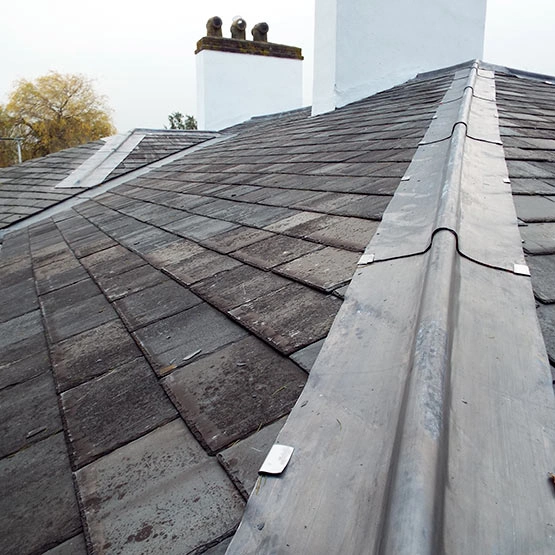
Dee Roofing LTD
Roof lead flashing is ideal for joints
One of the most attractive things about using roof lead is that, because it is so malleable, it can be used to make seamless waterproof joints between tiles, walls, chimneys, roof windows and skylights. Roof lead can also be easily welded and bonded to create watertight joints.
Lead roofing is energy efficient
Did you know that lead roofing is an excellent choice as it can actually help to maintain consistent indoor temperatures. This helps to save energy as occupants do not need to excessively heat or cool the interior in order to keep a comfortable temperature.
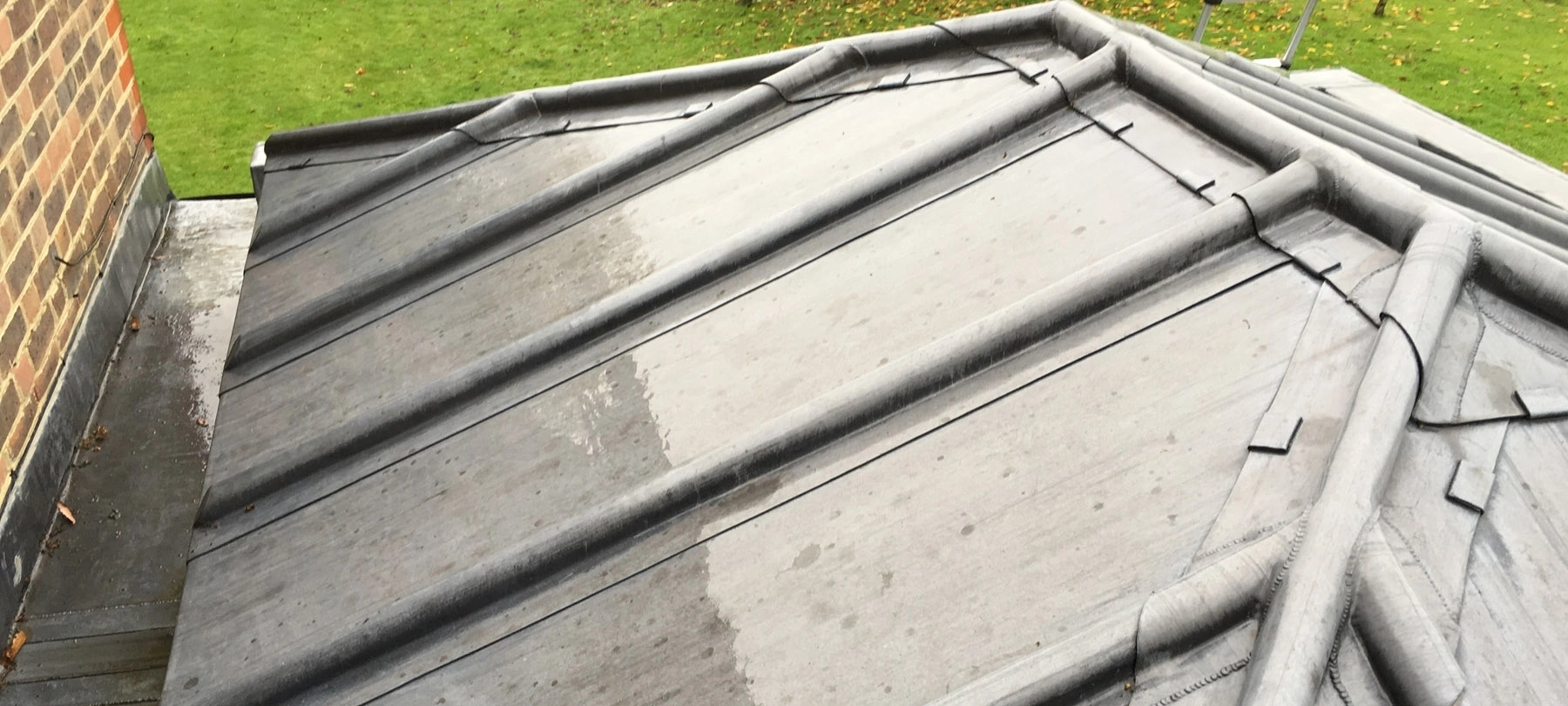
Seal Roofing
Lead is non-flammable
Fire safety is incredibly important in buildings and there are many regulations. Fortunately, lead roofing and roof lead flashing are non-combustible which means installing a lead roof gives you an extra layer of fire resistance.
Lead roofs are desirable
As lead roofs are often associated with historic buildings and period properties, they brings with it an aesthetic and an air of exclusivity. Lead is a high-quality building material that brings a feeling of permanence and prestige.
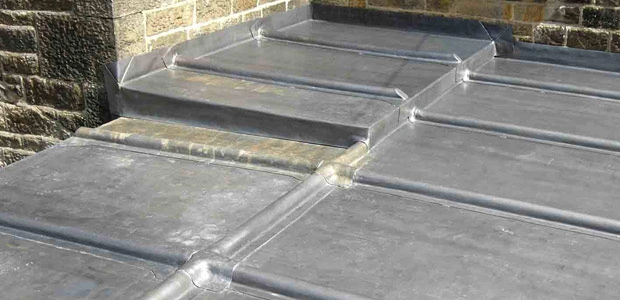
Mars Metal
How to install lead flashing on a pitched roof
There are many ways to install lead flashing. For the most common way to install lead flashing on a pitched roof, you’ll need a tape measure, sharp knife and a lead flashing hammer. Here’s a basic guide to how it’s done:
- Measure and cut pieces of lead approximately 40 x 35cm.
- Use a lead flashing hammer to shape the lead so it fits correctly into all the corners.
- Starting at the bottom tile, work your way up overlapping the lead sheets as you go by 10 cm.
- Fit ledge straps onto the nails holding the tiles in place. These stop the lead from sliding.
- Chase out the mortar from the brickwork then insert the edges of the lead sheet. Use fixings to keep it in place.
- Finally, secure the chase with a sealing product or traditional mortar. Apply patination oil to finish.
Want to know how to seal lead flashing to roof tiles? For where lead flashing meets tiles horizontally, simply gently tap the lead to match the contour of the tiles. Where they run down the slope of the roof, carefully tap them so they cross the step in the tiles but not to exactly follow the shape as some give is needed for expansion.
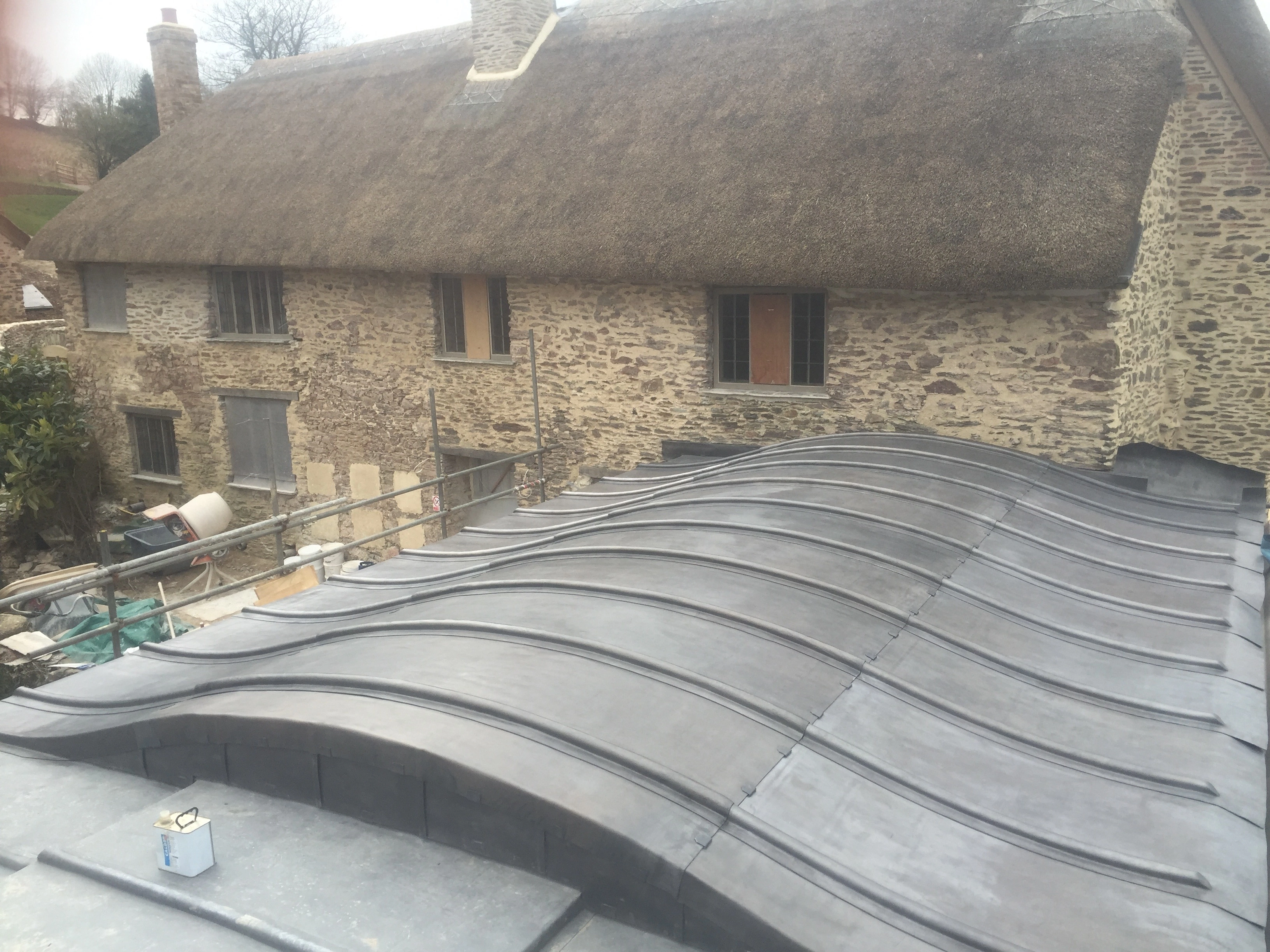
Jamie Brown Roofing
Working with roofing lead
Care must be taken when working with lead roofing as lead is a toxic metal which can cause serious health problems. It is also an extremely heavy metal. That is why you should always take safety precautions to avoid touching or breathing in lead particles and also when moving it:
Once installed though, lead is usually high up and out of the way, so it is unlikely to cause any danger or health problems.
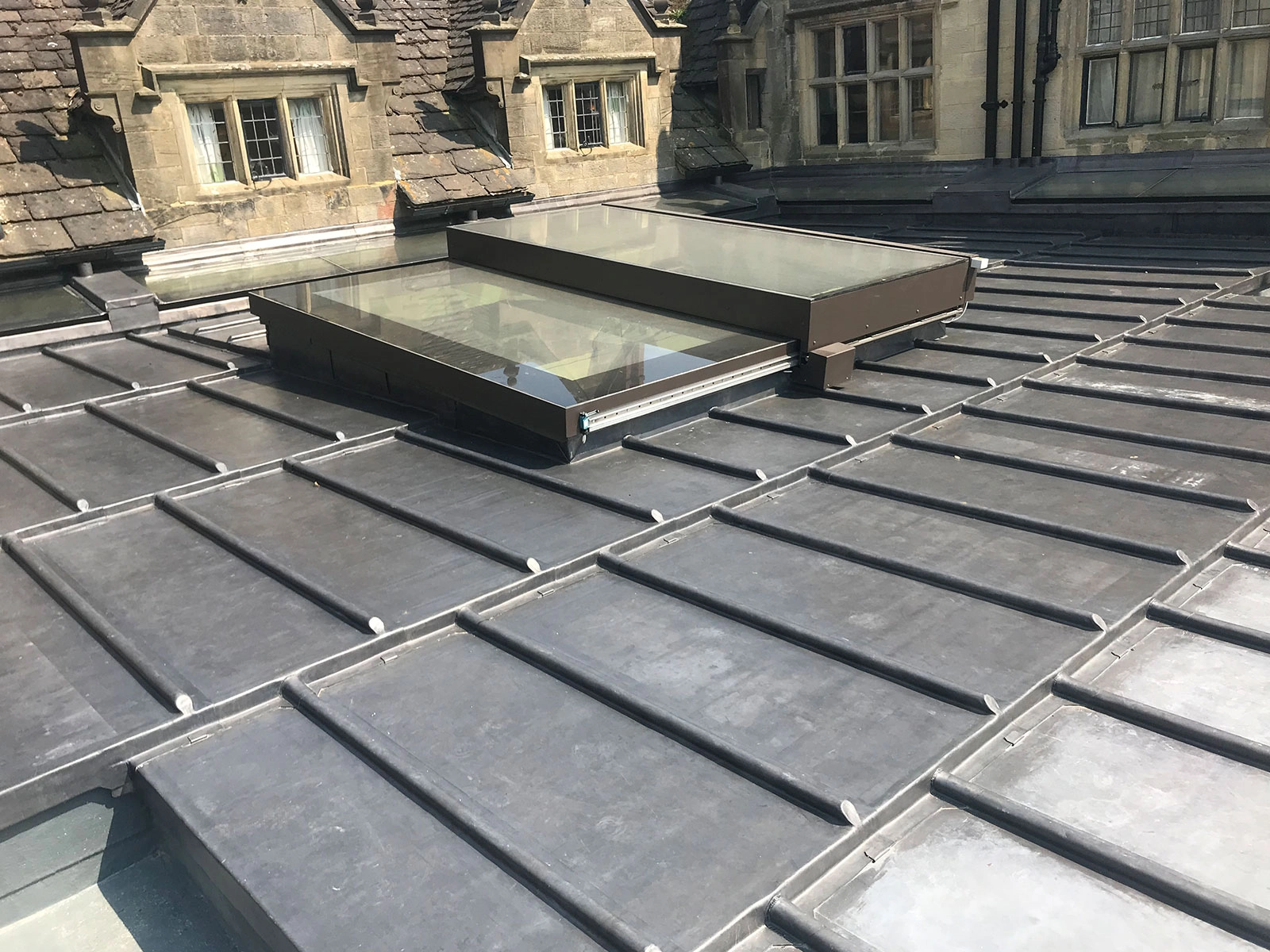
Mmleadroofing
Lead flashing roll codes
Lead flashing is available in 3 different lead codes that all conform to BS EN 12588:
Code 3 – suitable for soakers.
Code 4 – used for flashings and pitched valley gutters.
Code 5 – also can be used for flashings and pitched valley gutters.
Lead-free flashing and self-adhesive flashing tapes are also available.
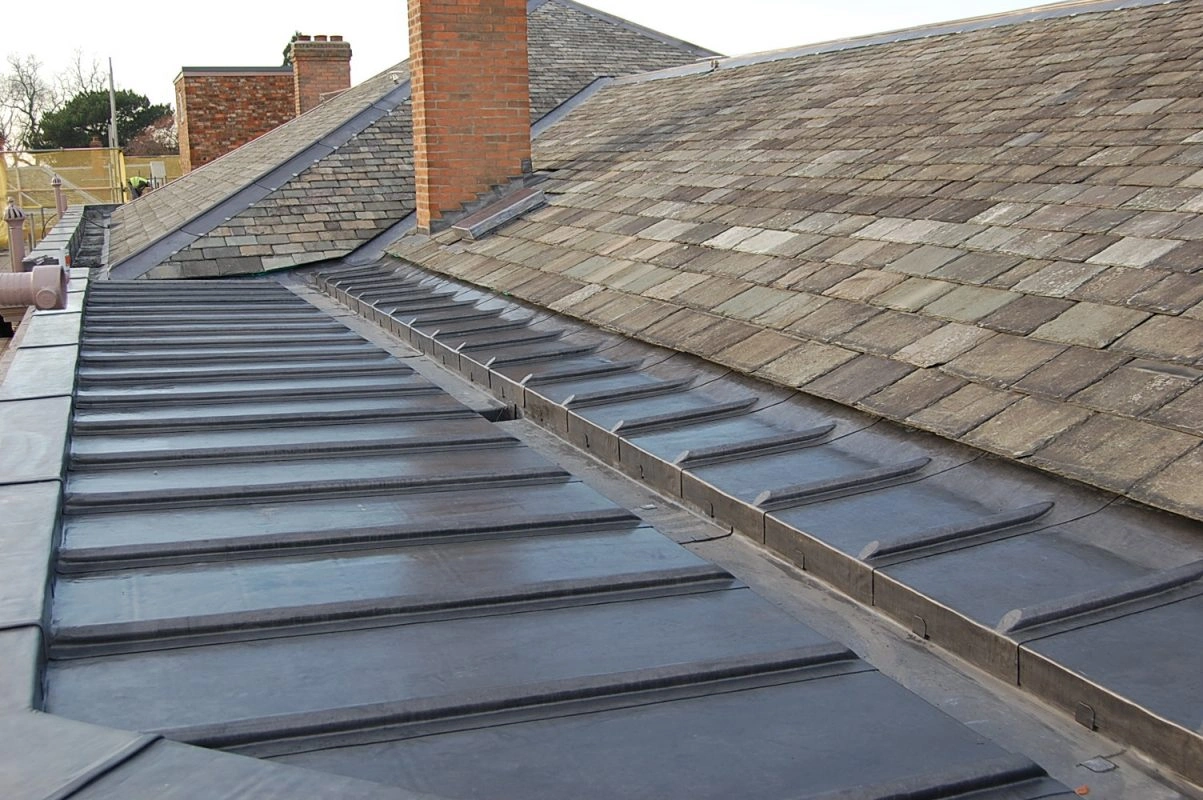
The Reclaimed Company
Always here to help
If you’ve any questions regarding lead roofing or want any additional information about the products we sell at Howarth, please visit your local Howarth branch, or contact our customer services on the number 01472 907051.
You can also explore our range of lead roof products here, or you can even visit us in branch for more information.
Recent Posts
-
Garden Gate Buying Guide
Is your next project adding a garden gate to enhance, protect and secure your garden? Before you do
-
How to cut plasterboard
Whether you're a seasoned tradesperson or trying your hand at DIY, knowing how to cut plasterboard c
